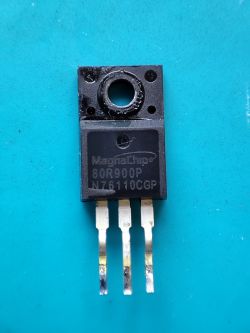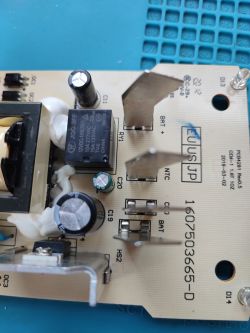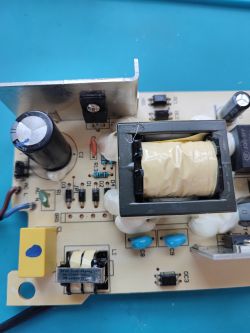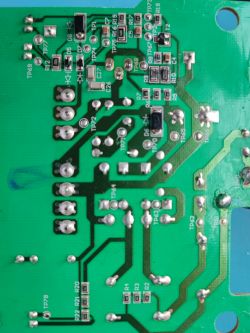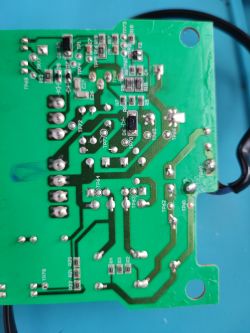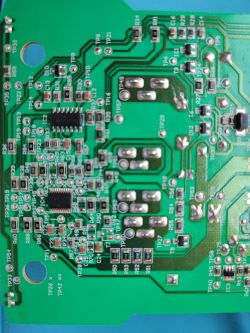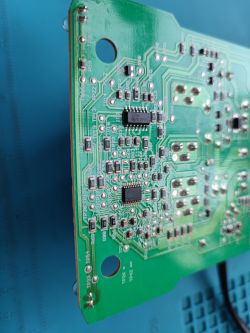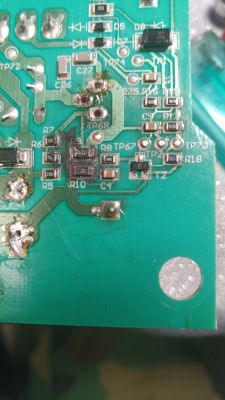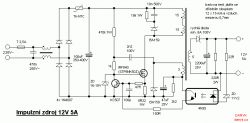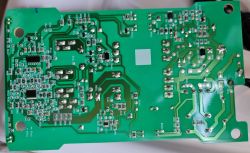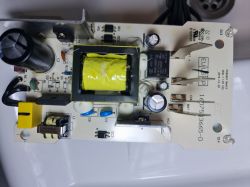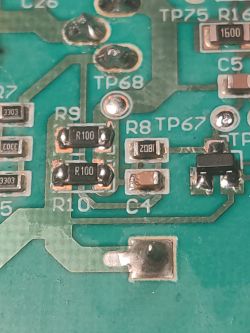hello,
I have a charger as in the subject.
The charger, according to the user's description, "breathed fire" during normal operation and has not turned on since.
After opening the housing, I located the place of damage, actually blackened both the PCB and the housing from the inside.
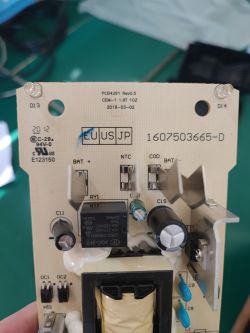
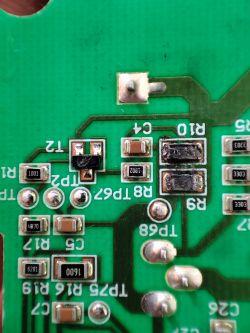
And now a question for you - does anyone know the values of the resistors and what kind of transistor it will be?
From another thread about 1880 I only learned that the transistor may be W1A, but I am not sure.
will you help?
I have a charger as in the subject.
The charger, according to the user's description, "breathed fire" during normal operation and has not turned on since.
After opening the housing, I located the place of damage, actually blackened both the PCB and the housing from the inside.


And now a question for you - does anyone know the values of the resistors and what kind of transistor it will be?
From another thread about 1880 I only learned that the transistor may be W1A, but I am not sure.
will you help?



